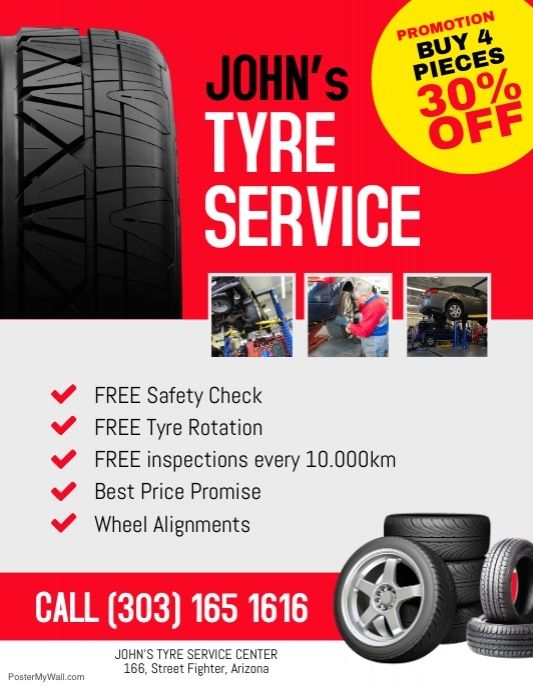Well, a tiny thing could lead to wear-and-tear tires and other problems. Out-of-balance tires are a popular issue. The tire balancing process is not big, but it impacts your driving experience on the roads. You may also get accidents if the handling part disappears. So, do not skip it. How long does it take to balance tires? Your current car situation will decide the duration of waiting in a service station.
Tires balancing are adjusting bumpy weight surrounding the wheels. A vehicle with imbalanced treads might cause unexpected wear, vibration, damaged suspension, and many issues. A mechanic mounts both tires and wheels based on a tire balancing machine.
Due to that machine, it rotates tires and wheels in the right way (in order to measure the imbalance level). Then, the mechanic recognizes where he or she could get exactly balanced wheels and tires without much hassle.
Basically, a service station possibly provides both wheel balancing and alignment in the warranty period. It might lead to confusion for vehicle owners when getting this service. How long does it take to balance tires? Stay focused on other parts to know.
You know; a small amount of imbalance in tires ought to disrupt the driving experiences and handles. Here are a lot of signs to find out and prepare. After identify these causes, you probably know the time to balance tires.
The unforeseen advent of vibrations is a common sign that a tire gets stuck. These vibrations are visible in steering wheel when you get moderate speeds. As you move faster, vibrations increase (especially in highways).
A lack of balanced tires impacts uneven flat tire areas in a tread after a long time of use. The wear in tires is patchy in shape and size. If you do not draw attention to these problems, your wheels can lose reads. Additionally, poorly imbalanced tires cause strength in sidewalls and blowouts.
Imbalanced tires and vibrations lead to fuel leakage, typically eliminating gasoline when you drive faster. Thus, you should check all tires regularly to control fuel consumption.
Vibration makes the area of tires worse and the rest part of the wheels. Moreover, worn suspension components cause poor situations in wheel bearings and tire shocks. At the same time, it impacts the responsive system and handles. For a while, you also discover strange loud from bearings or something wrong with steering.
In theory, it is advisable to balance the tires on a regular basis, especially in new tires. This is because new tires usually should go on the rims initially.
When doing tire balanced, the vehicle service also rotates tires. The technician rebalances all tires again during the process. If you get a suspension problem, your vehicle needs to do tire balancing.
How long does it take to balance tires? It depends on your tires and the experience you are in. It could be 30 minutes, an hour or 2 hours. The mechanic will check your vehicle and lets you know.
It could be 30 minutes, an hour or 2 hours. The mechanic will check your vehicle and lets you know.
Although this is an additional part, you ought to explode it. In general, there are 3 core types of tire balancing.
Static balancing is adding weights across one line of a tire. It is called a plane. This is a classic method but it is simple to do. Apply it if the tire was a disc. This solution is suitable for light-imbalance situations.
The mechanic uses a spindle tool or a bubble balancer to adjust the tire upright. The heavy side will be lower to the ground and the mechanic needs to puta weight. The weights will be moved to a side of the wheel. This is a great point for the owner who wants to conceal the weights. Nevertheless, if the imbalanced case is more difficult, think of a new way.
Dynamic balancing is expanding the weights of the whole tire surface, which is dual flat. Technicians use the latest spinning computer balancers, to begin with, the process.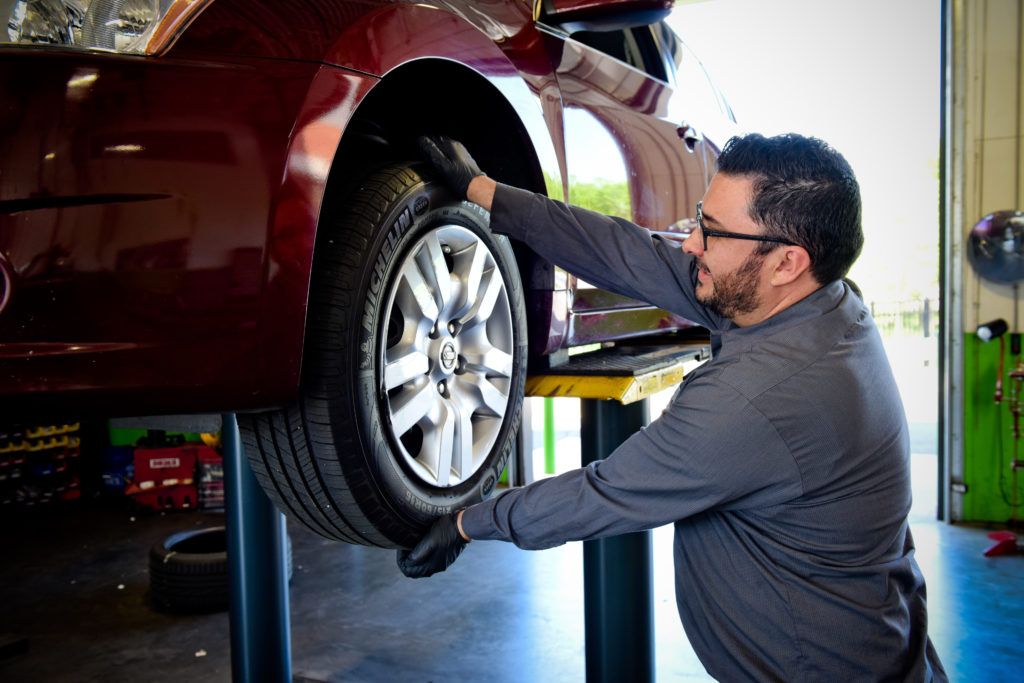 They place the wheel tires on a machine, which rotates at particular speeds.
They place the wheel tires on a machine, which rotates at particular speeds.
According to manufacturer tests, the speeds range between 10mph and 60mph. When the machine starts, the sensors might find imperfections and measure all weights.
Not only display the stiffer spots of the location but also measure the right number of weight to fix the situation. It is a good spin balancer! Weights have more precision and balance on both sides of the wheel.
Some wheels have positive offsets meaning that the wheel surface is inboard. In this case, the outer components could be behind the tire’s surface and the inner is on the inside part.
Road force balancing is the latest solution to make real road conditions. The device has a big roller to press on the tread surface. It estimates your vehicle. This technology is not helpful if tires are imbalanced.
These units have different tolerance levels to fit many vehicles. During the machine, sensors discover the pressure and find out irregular problems.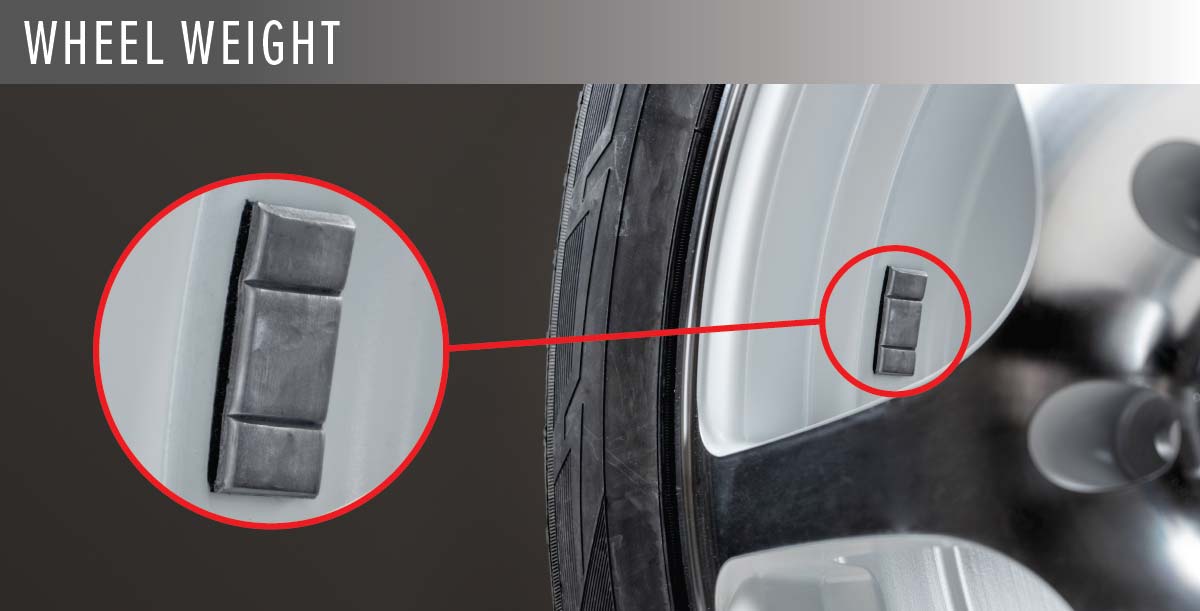 The machine might send a message to the mechanic if a variation is too much.
The machine might send a message to the mechanic if a variation is too much.
Tire balancing does not only provide smooth rides but also prevent unforeseen problems in a tire. It also lowers detective components from your vehicle steering. How long does it take to balance tires? Just spend a few minutes to enjoy cups of coffee or tea.
This post was last updated onBut how long does wheel balancing take? This is a common question among new drivers and new vehicle owners. This article is dedicated to answering this question as well as shedding light on what tire balancing entails.
Generally, wheel balancing can take 40 minutes to 2 hours depending on several factors. These factors may include the condition of the tires, your driving habits and the weather conditions your vehicle travels in. Balancing new tires, for example, may take a shorter time than balancing wheels that have hit a pothole.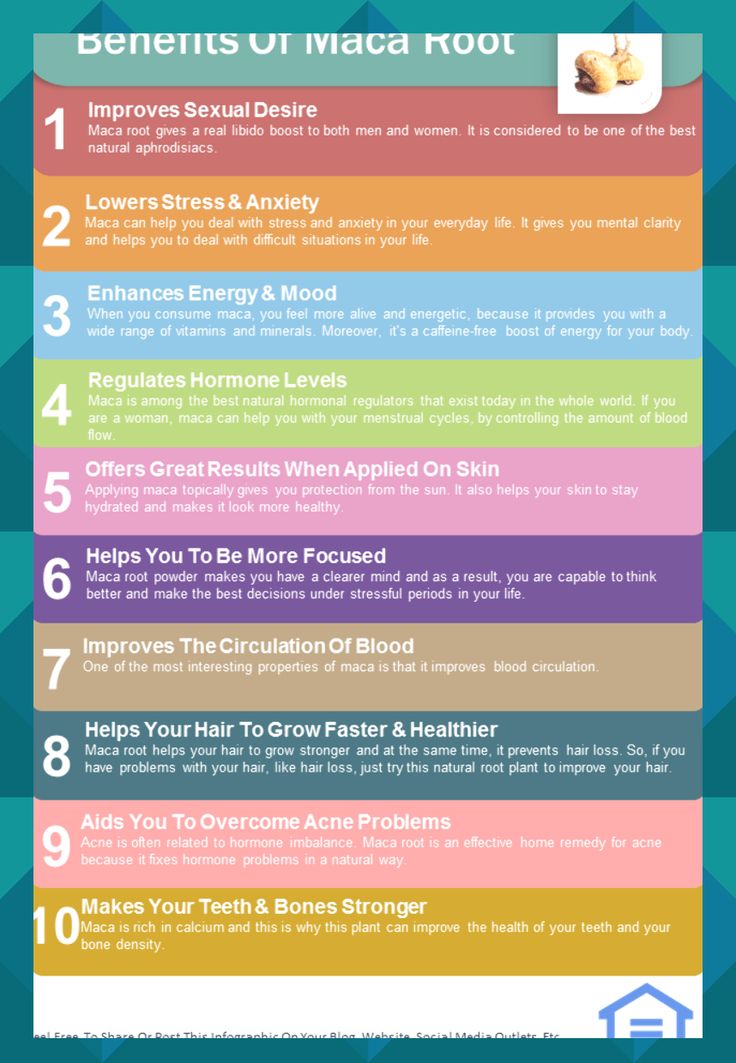 Other checks and the waiting period may also add up to the time spent at an auto repair shop.
Other checks and the waiting period may also add up to the time spent at an auto repair shop.
Proper car maintenance ensures safe and comfortable driving. This is also vital in maintaining the durability of your vehicle as well as reduced replacement costs.
Vehicles that are driven for longer periods will often require expensive repairs and parts that could be averted through simple maintenance procedures. One of these procedures is wheel balancing.
Wheel balancing, also known as tire balancing is carried out to ensure that your vehicle tires spin smoothly when traveling at high speeds. This ensures comfort and stability as you drive.
There are several symptoms that will prompt you that your wheels are out of balance.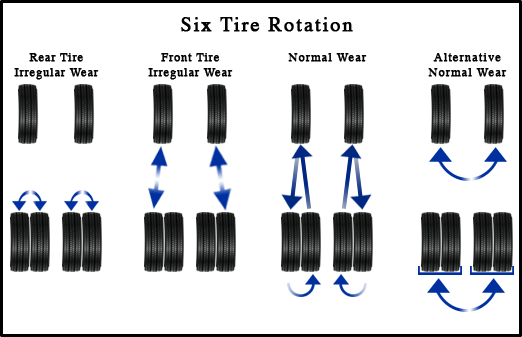 These include:
These include:
Excessive vibrations in the steering wheel. This is the easiest way to diagnose wheels that are out of balance. Driving at high speeds in a vehicle that’s out of balance will create these vibrations in the steering wheel. This is also highly associated with front wheels being out of balance.
Uneven, cupped or scalloped wear patterns. Tires that are balanced will wear out evenly. Cupped wear patterns on tires is a great indicator you should visit the auto shop.
Vibrations in the seats and floorboard of your car. This indicates the severity of this problem. Driving a car with vibrations in the seats and on the floorboard may be considered unsafe. This is especially critical when driving at high speeds.
Wheel balancing equalizes the weight of a wheel ensuring that it spins evenly and smoothly. In most cases, tires are unevenly weighed thus a slight imbalance. This also includes new tires.
Below is what’s done during car wheel balancing. Wheels to be balanced are removed from your car by a wheel balancing technician. New tires are mounted on rims and inflated to an optimal pressure.
Wheels to be balanced are removed from your car by a wheel balancing technician. New tires are mounted on rims and inflated to an optimal pressure.
The wheels are then mounted on a wheel balancing machine and fastened safely to the machine. One wheel is mounted on the machine at a time. The machine spins the wheel at high speeds matching ideal driving speeds. Vibration measurements are taken and recorded by the machine. This data informs the technician on the weigh to be added to the wheel and the specific place to attach it.
Weights in the wheel may then be adjusted or the tire moved to try and line up the imbalanced wheel. New weights, specifically lead may also be attached to the rim thus balancing it.
This procedure is followed until all tires are balanced.
Wheel balancing is, therefore, an important vehicle maintenance procedure. Not only will it guarantee smooth rides, but it will also prevent uneven tire wear and tear. It will also negate damage to various vehicle steering components. Be sure to keep your wheels balanced for an enjoyable ride.
Be sure to keep your wheels balanced for an enjoyable ride.
home
Articles
Articles
Author : Alexander Sapronov
Vehicle manufacturers supply vehicles with properly balanced wheels. This allows you to ensure optimal handling, dynamics and safety of the car as a whole. The operation of the car from time to time leads to the fact that the balance of the wheels is disturbed. As a result, the steering wheel beats, road handling deteriorates, and significant wear of suspension parts occurs. Let's take a closer look at what balancing is, when it is needed and how to understand that the wheels are installed and balanced correctly.
Contents:
Car wheel balancing is required:
In the event of a “breakdown” of the suspension, wheel balancing may also be required. If you do not adjust the wheels in a timely manner, then there is a possibility of deterioration in the controllability of the car, which at high speed can lead to emergency situations. Therefore, it is strongly recommended to perform balancing in the above cases. Moreover, the process does not take much time.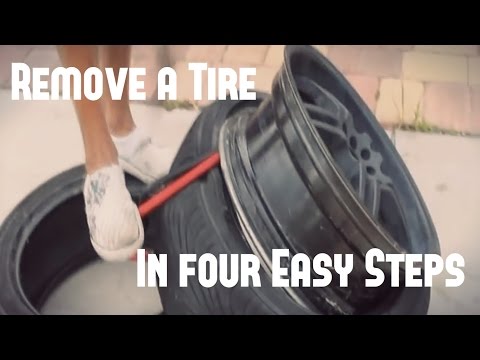 If the car owner does not have the opportunity to visit a tire fitting, then field wheel balancing in the city or region will help. The master himself will drive up to the client and use mobile equipment to check the wheels, perform all the necessary work on the spot.
If the car owner does not have the opportunity to visit a tire fitting, then field wheel balancing in the city or region will help. The master himself will drive up to the client and use mobile equipment to check the wheels, perform all the necessary work on the spot.
There are two types of wheel imbalance:
Even after the static imbalance has been eliminated, a dynamic imbalance may remain. Therefore, it is important that the wheel balancing is carried out by the masters of a specialized car service using modern computer equipment for diagnosing car wheels.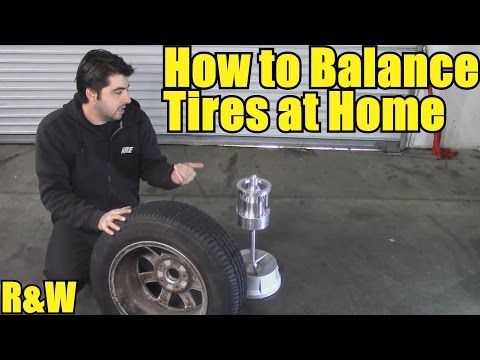
When balancing, the wheel is removed from the car and installed on a balancing machine. After that, the wizard enters the parameters of a particular wheel into the computer. In accordance with the entered parameters and the characteristics of the installed wheel, after the tests, the computer provides information on exactly where on the disk and what weights need to be installed to eliminate the imbalance. The use of a 3D diagnostic stand in a car service allows you to accurately determine the imbalance, geometry violations, wheel beating.
For balancing, various weights and methods of their fastening are used. The choice of load depends on the nature of the imbalance, the type of rim. There are stuffed and adhesive loads.
The main mistakes of poor-quality wheel balancing are:
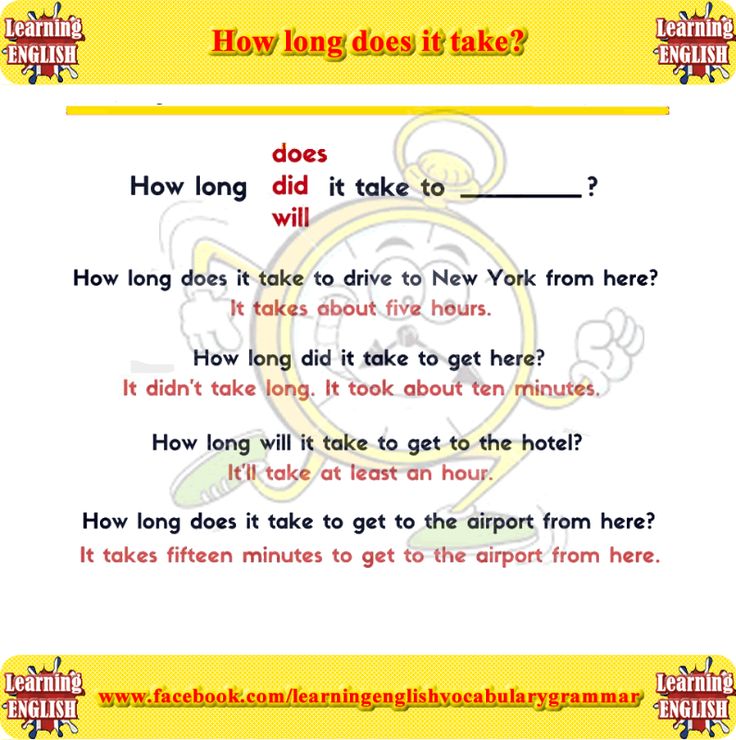
A less common mistake is the incorrect installation of the weights on the disk - they are too far apart, when the wheel moves, the suspension parts are touched. In order not to encounter such errors, it is recommended to contact a specialized car service, and not save money by balancing with private craftsmen in a garage environment.
Those who read this article were interested in the following services
Mobile tire service
Wheel balancing
July 22, 2020
Back to list
See also
What to do if you hit a hole in the road? Expert advice
How to flash a Ford key
How to protect the car body from corrosion?
What is called an accident
Wheel alignment, or camber adjustment, takes about an hour if there is no damage to the suspension. If the vehicle has problems with adjusting bolts and suspension components, the procedure can take up to two hours.
If the vehicle has problems with adjusting bolts and suspension components, the procedure can take up to two hours.
Wheel alignment is an essential procedure that will allow you to prolong tire life, ensure optimal braking, a comfortable ride and increase safety on the track. Alignment should be adjusted every 2 or 3 years, or every time you repair your vehicle's suspension and steering system.
Alignment is the process of aligning wheels and tires with the road surface and with the position of other wheels.
Essentially, this is the adjustment of the car's suspension so that the tires touch the ground with their entire running surface. This ensures optimal traction on asphalt and better road holding.
It should be understood that wheel alignment is basically adjustments that relate to three main factors - camber, toe and caster.
Camber is the inclination of the wheel in or out as viewed from the front of the vehicle. In some sports cars, the optimal camber may be negative - this provides better stability for the car on the road. But for longer tire life, the optimum camber angle is the center line.
In some sports cars, the optimal camber may be negative - this provides better stability for the car on the road. But for longer tire life, the optimum camber angle is the center line.
Toe is the inclination of the wheel inward or outward when viewed from above the vehicle. Incorrect toe angles are a major problem that can increase fuel consumption, affect steering and cause other problems. The angle of convergence must always correspond to the center position.
Caster is another angle that shows the position of the steering axis when viewed from the side of the vehicle. Incorrect slope results in inaccurate steering and poor stability.

It is best to follow the vehicle manufacturer's recommendations. However, most craftsmen agree that wheel alignment will be required every 2 or 3 years.
There are several situations where wheel alignment is highly recommended:
In these cases, the wheel alignment may have shifted and you will need to check this.
There are also signs that your vehicle needs a wheel alignment procedure:

These are serious signs that your vehicle needs to be adjusted as soon as possible.
Wheel balancing is necessary when one wheel is not rotating smoothly. At speeds up to 60 km / h there will be no problems, but then the car may start to shake, it may pull a little to the side. The symptoms are very similar to problems with the alignment of the camber angles.
You can start with whichever is cheaper. It is usually cheaper and faster to check the wheel balance and then, if everything is in order, the wheel alignment can be ordered.
Unfortunately, this is completely impossible. Toe and camber angles are difficult to register without accurate computer equipment. Also, you will need to know where the alignment bolts are and how to use them. It is safer and easier to use the services of special service stations for this.
If you don't want to pay for wheel alignment, you may need to buy new tires more often.